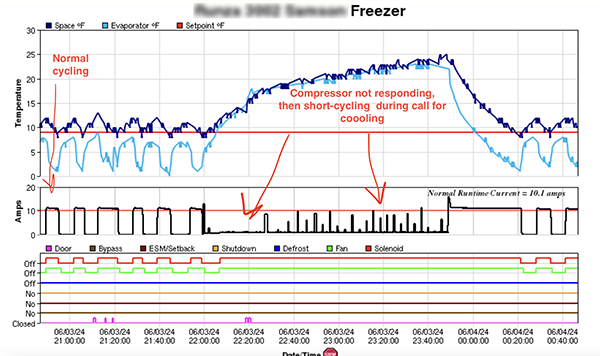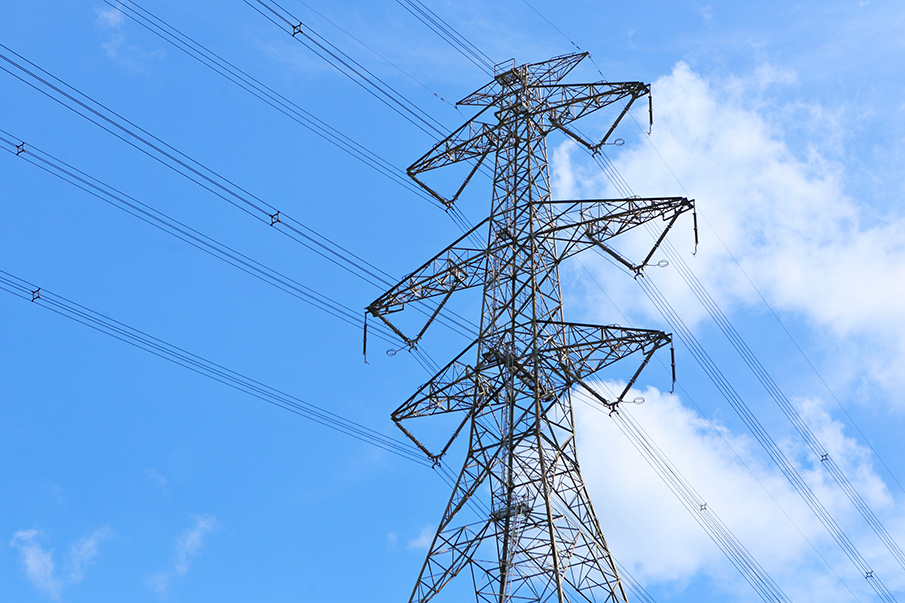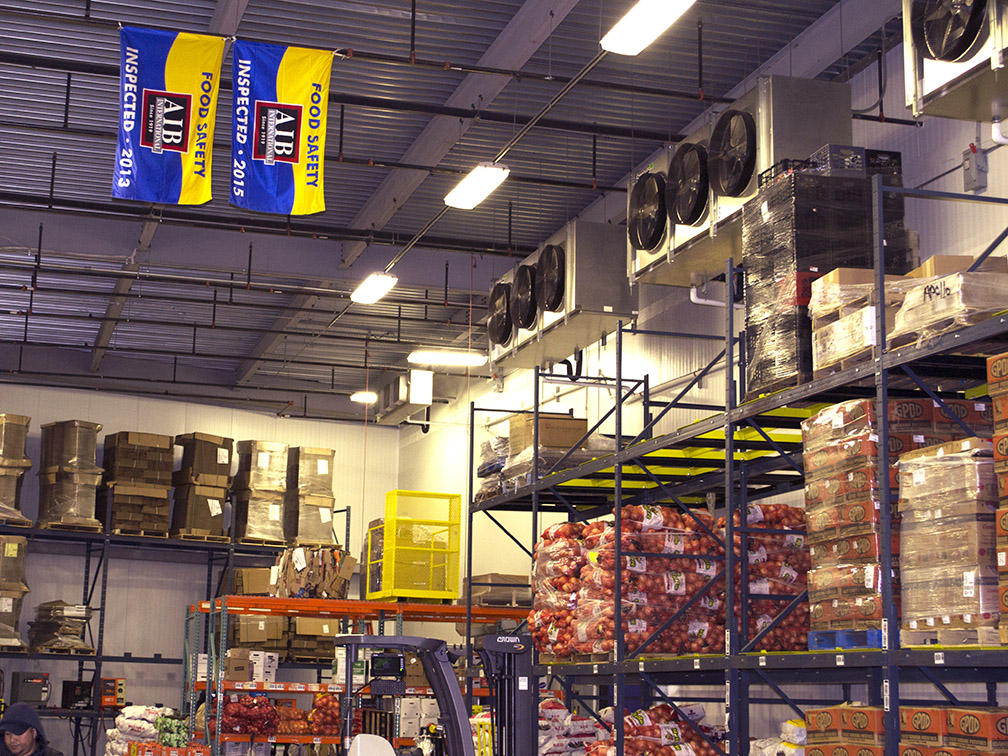One of the biggest issues that people seem to run into when needing to have any kind of interaction with their HVAC/R system is simply not knowing where to start. And for good reason. Despite how simple and basic their function is—converting warm air to cold air and cooling down a space—the system itself and all of its moving parts can be quite intimidating.
But does it really need to be?
Below, we’ll explore a brief overview of how an HVAC system does what it does, and a few different kinds you can find out in the “wild.” A quick note: this blog post is not intended to be viewed as a comprehensive resource. These systems are complexly engineered, and require advanced skill to troubleshoot or service. Yet, everyone should know how they function generally.
In essence, an HVAC system uses the same process as a refrigerator.
They both use the process known as the refrigeration cycle. During this process, special chemicals known as refrigerants either absorb and/or release energy to either heat or cool the air.
The absorption or release of energy is done through compression, which changes the refrigerant’s state from gas to liquid and sends heat at the unit’s condenser. The liquid moves through the system’s liquid line, and when it reaches the expansion valve, the refrigerant is converted back to gaseous form.
When the refrigerant expands back to gas, it absorbs heat, cooling the air. This now cool air is what’s released into the space via the system’s evaporator. And behind that cool air, the hot gas is sent back toward the compressor where the cycle can begin again.
That my all seem a bit confusing, but luckily, there is a visualization that may help digesting this info: picture a sponge. The sponge represents the refrigerant, and water represents heat. If the sponge is full, and you squeeze it, water is pushed out (releasing of heat). But then when you let go of the sponge, it expands and can now absorb more water (absorbing of heat).
In this sense, AC and refrigerators work by “moving” or “pumping” energy from one location to another. In most cases, AC units will transfer the “heat” from your room, office or home, and dump it into the air outside your house or office.”
https://interestingengineering.com/just-how-does-an-air-conditioning-system-work
This cycle is obviously reversible in order to heat a space because its underlying principles are the rules of thermodynamics: that a liquid expanding into a gas pulls heat from its surroundings. But while you can do the reverse refrigeration cycle for heating, there are systems known as heat pumps that exist for the sole purpose of heating.
Are all HVAC units created the same?
In theory, yes.
They each function by pulling heat out of the air before sending that air into the space that needs cooled. But of course, different requirements call for different systems. An office building, for example, would not be served well by having a window unit in each window as opposed to the massive, ducted indoor/outdoor systems many currently use. In fact, the systems can become quite the behemoths on the industrial scale.
Some of the larger installations have very large outdoor chiller units that can be water or air-cooled or, in older systems, cooling towers. These are linked by insulated pipes to pump refrigerant to temper the air within a large, or set of large, packaged units called air handling units (AHU’s).
These systems can be very complex with heating elements and humidifiers, and filters to control very precisely the temperature and air quality for the areas in a building they serve. They also tend to come with complex heat recovery systems to decrease the amount of electricity (or gas) needed to heat/cool air within the system.”
https://interestingengineering.com/just-how-does-an-air-conditioning-system-work
These larger systems come in three main forms: Constant Air Volume, Variable Air Volume, and Variable Refrigerant Flow. These are not to say these are the only three forms, just that they are the most common.
Again, this blog post was intended to be a very stripped-down explanation of how the systems basically work. There are innumerable resources available if you want to get into the technical weeds, and we encourage you to do so!




